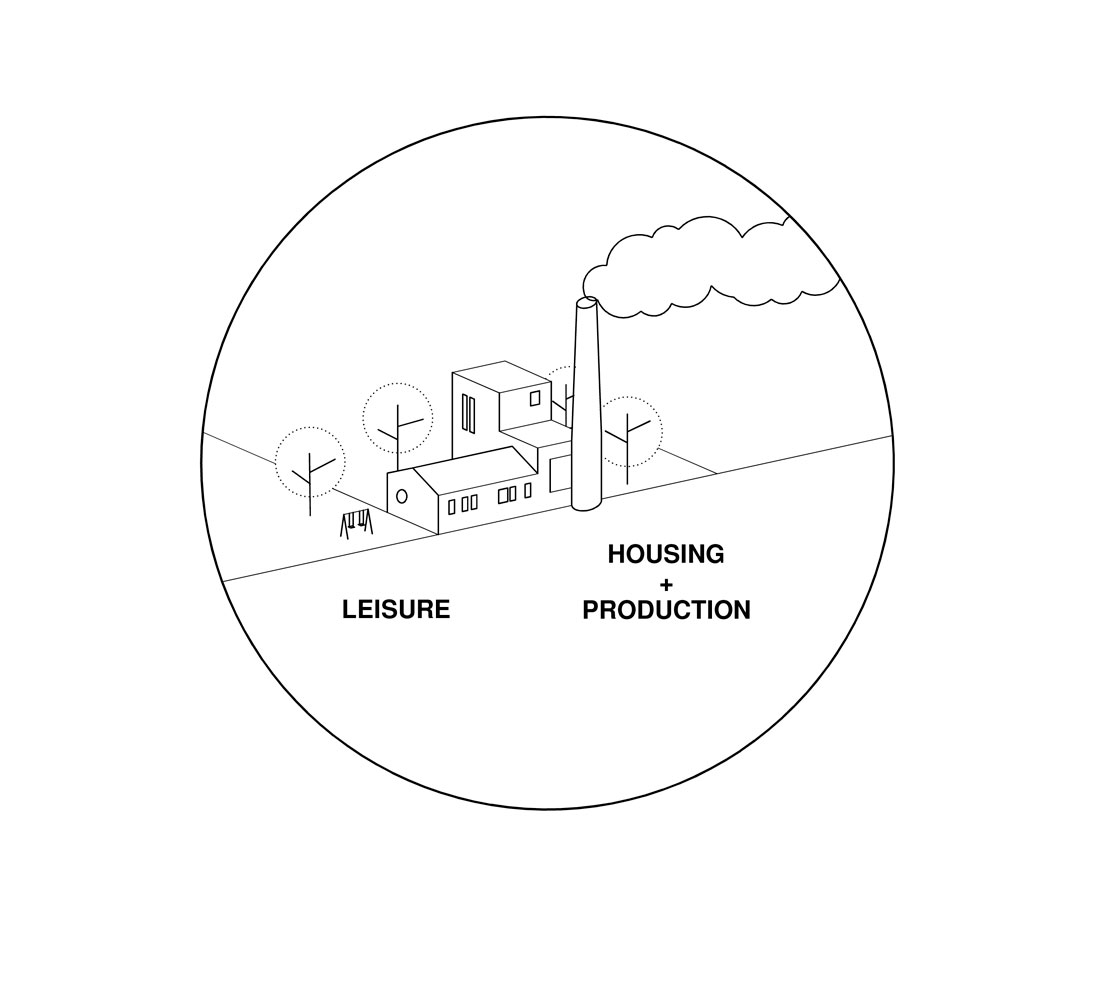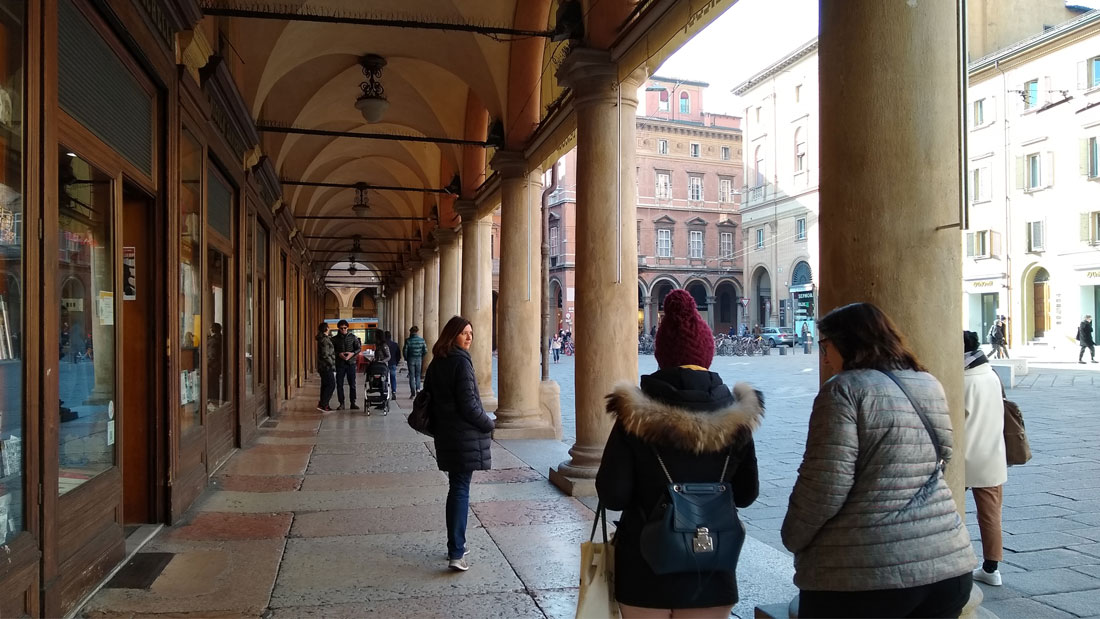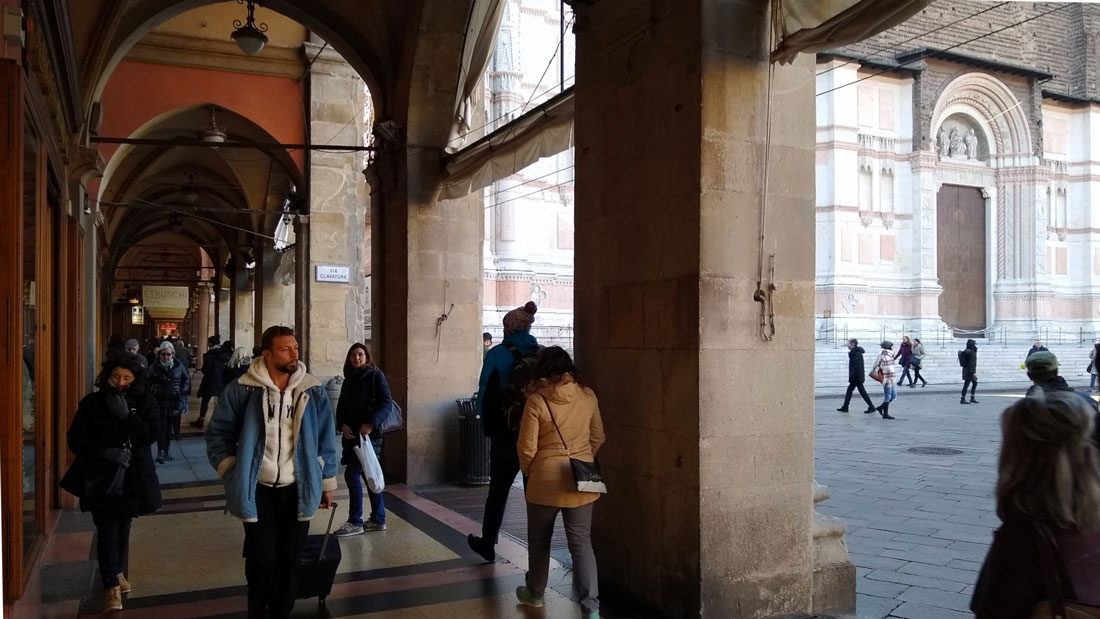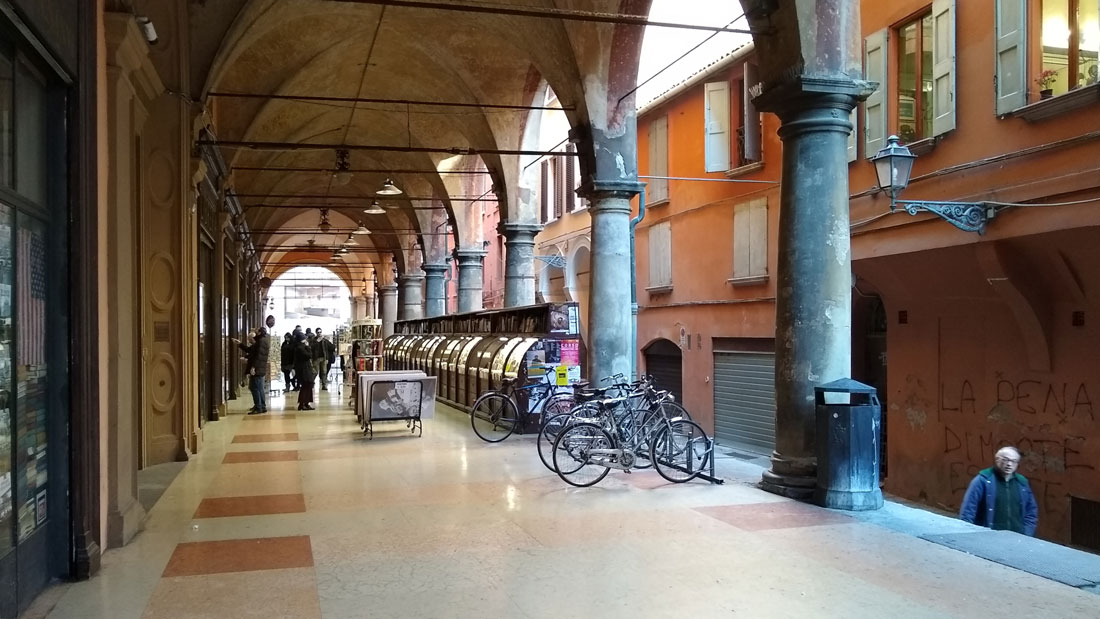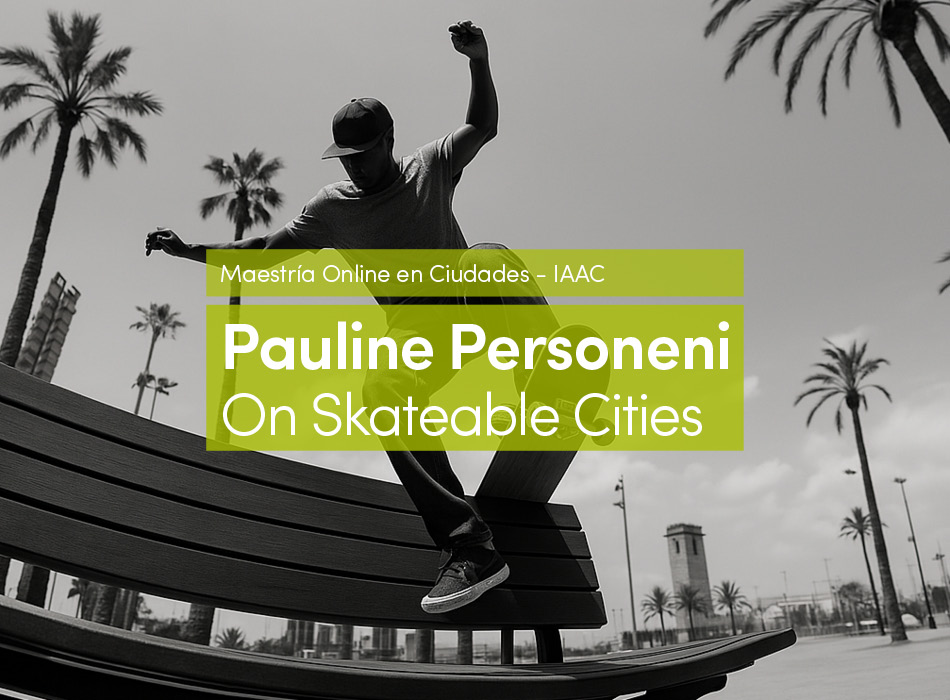For some time there has been a dizzying increase in publications about collaborative housing (specifically on cohousing), described and studied from the architectural perspective, but even more from the point of view of managerial and generative processes.
Through their own algorithms, academic social platforms offer new contributions almost daily from researchers engaged in the investigation of the development, constitution and management methods of these forms of collective housing. The role of stakeholders and users is analyzed, along with how the groups are defined and created, feasible financing solutions, etc. in a positivist perspective on an alleged, progressive, quantitative increase in creating what is considered the most attractive housing solution in recent times. In fact, cohousing is more and more often cited as the great innovation of the 21st century in the housing field, and it is intended as the possible socio-ecologically sustainable alternative with the potential to move financiers, administrations and residents’ interests.
The “co-generative housing” network within the city and its suburbs. A real connection of spaces-services-facilities.
Furthermore, as the well-known American scholar Dorit Fromm argues (2012), it is also meant to be able to redevelop neglected neighborhoods, rebuild weakened social relationships, provide personalized services, etc. It evokes wide margins of growth of a phenomenon that is actually rather contained and apparently not able to significantly modify the market or the mentality of future buyer-residents. In 2015, Paolo Ceccarelli, UNESCO Chair on Urban and Regional Planning for Sustainable Local Development, had already observed that “current orthodox cohousing is a niche phenomenon, both when it is the result of common cultural and ecological choices, and when it is motivated by economic facts. It is a phenomenon of limited quantitative weight, […] it has not given rise to new architectural solutions, nor has it produced significant innovations in the spatial organization of the city” (Ceccarelli 2015, 10-11).
On several occasions it has also been demonstrated that the difficulty in creating cohousing and communities of residents is first of all economic, financial, legal and administrative, and, second, relational among a restricted group of people who are “forced” to analyze and choose each other carefully, on pain of failure of the entire operation. This makes them “not dissimilar from the much opposed ‘gated communities’, […] and if [cohousing] is open to the rest of the population, it remains an individual element, unable to change the structure of a city or a part of it” (Ceccarelli 2015, 13).
We also know that this condition is roughly generalizable to all the countries in which the mentioned model is spreading, but it mostly characterizes those in which the North European archetypes have come to be defined. It mainly deals with those countries where the solution of shared housing has been embraced “faithfully”, resulting in the three well-known models (Swedish, Danish and Dutch) about which I have written in other circumstances (Gresleri 2015, 2017, 2018). However, (mainly) European countries and the administrations of their cities seem to be chasing the cohousing model, attracted by the positive image of the vivre ensemble described by Roland Barthes in the 1970s. Those institutions seem to be yearning to add collaborative housing to the already widespread and tested traditional forms of private and collective housing.
The reason for this interest would certainly deserve an in-depth analysis (quantitative, qualitative, normative, etc.), but at least one aspect is evident, and it needs to be stated here. The economic crisis, which continues to pervade Europe differently from country to country (but, to tell the truth, it is not only the Old Continent), has revealed not only the difficulty of accessing the traditional home market, but also the rediscovery of relational needs, values and welfare that are clearly understood as absent or limited.
The two implications weave together on different levels, revamping the design and realization of social housing, a solution that has been developing to fill the gap in real estate offers for the bracket of users who are neither sufficiently disadvantaged to be able to access the assignment list for council houses, nor well-off enough to turn to the free private market. According to statistics, this is a portion of the population that is growing in number, which affects both real estate entrepreneurship and public administrations. But among the multiple consequences of the rediscovered relational values and the renewed needs of services, we must also report the development of collaborative housing, which introduces itself to scholars with different and (sometimes) innovative solutions. In these cases, the joining factor (often highlighted by the prefix “co-”) seems to draw the interest of future inhabitants ready to “sacrifice” a part of their housing privacy in return for a wider range of collective services. This model, however, attracts local administrations too, which increasingly promote the creation of housing solutions where users can manage themselves in terms of both economic and services autonomy. We try – so it seems – to make a virtue of necessity, while often (re)proposing housing models that are already partially known, now introduced in new forms and with new names where the aforementioned prefix “co-” can never be missing (it has to be there!), in order to obtain the desired consensus.
Despite the obvious contradictions, the housing proposal based on sharing and collaboration – in its broadest meaning – remains extremely interesting for the great potential so far unexpressed, and it is in these unexplored possibilities that I believe the challenge for the cohousing model’s survival will be played out in the future, as well as its implementation.
In the mid-1950s, the entrepreneurial initiative of Olle Engkvist for the construction of the Hässelby Family Hotel in Stockholm, kicked off a period of great experimentation regarding the size, management and architectural solutions of cohousing, a period that lasted over 30 years and culminated with the birth of the so-called Self-work Model by BIG, a feminist group led by Elly Berg who intuited and developed the solutions which are commonly adopted as a guideline for the design of modern cohousing and senior cohousing (which is likely the most successful solution in the field of collaborative housing).
As it happened then, so it is happening today: having now “codified” the design variables, in my opinion an interesting unexplored evolutionary phase is opening up, dealing with the relationship between individual cohousing buildings and communities and their broader urban environment, both in terms of personal relationships and the creation of public space. Ceccarelli’s remarks on the absence of that relationship are apt, and so far cohousing (and collaborative housing in general) has shown to have no declared purpose with respect to its surroundings, having as its main purpose the constitution of the (private) community of residents. It is by definition, in fact, a self-referential model, which focuses on its own social capital and which seems to show a gradual refusal, a physical departure, almost a distance from the city around it, from a social structure that is called into question by softened antagonistic behaviors. As was the case of the pioneers in the epic Old West, those residents “renounce” the life of (and in) the city to look for a new one, tailored to their interests, where they can replicate, on a small scale, the collaborative and community mechanisms of small villages, promoting solidarity actions and mutual exchange, but still only within the boundaries of their own community.
Snapshots under the porticoes in Bologna: through the transversal section you can read private space and services, semi-private space (the portico), public space (the square). Socialization, meeting, trades, walking spaces are totally mixed together.
In order to mitigate these expressions of (self) segregation, Fromm (2012) identifies three characteristics that she considers essential in the direction of achieving the “virtuous” example: 1) the presence of in-between spaces (in particular on the ground floor) between the residences’ private units, but also between the housing complex and the external neighborhood community; 2) the design of the settlement’s edges, to allow for and favor the third characteristic – not to be taken for granted, 3) a willingness toward openness to the external community.
Therefore, as regards this last point, the cohesion between a community of “chosen” residents and the rest of the city is built, starting from the will expressed by the residents, but too little to guarantee a possible contribution of urbanity. Also, the widely used design guidelines (Berg 1982, Caldenby 1984, McCamant & Durrett 2011, Fromm 1991, ScottHanson 2005) are mainly aimed at promoting the proliferation of new social meetings and relationships among residents, while it still misses the inclusive component towards those people who are not members of the community.
So, what kind of society can we imagine if we exponentially endorse the Scandinavian model? What kind of city should we design, as architects, being aware of the results of our reflections, having failed to find solutions to guarantee the success of cohousing and its “integration” into the city? I think the main goal that has to be reached is private engagement in public space design, the contribution of the individual to shared space, because, as Bruno Zevi said (1979, 89), “the product of an architect is rarely an isolated ‘piece’, a singular sentence, standing alone”.
It is the example of the portico, a place of commingling between public and private use, a place of reduced extension but potentially unlimited, thanks to the possible repetition of a basic module (the bay). It represents an ordinary “compromise” between public administration and citizens: in return for the concession to increase the lot or an existing building’s volume, free passage (for public use) on this (private) land is requested. This is how, during the 13th century in Italy, the portico changed from private use occupying public land to public use occupying a private space.
On the contrary, by observing the relationship between collective spaces and residences in the three archetypal cohousing models, we can clearly see that all of them propose a self-referential relationship, an idea of centripetal space sharing. It is the opposite of what happens in the solution of the portico, which instead emphasizes its permeability, the crossing possibility for every user. The example of the portico should be integrated as a possible approach to the study of the relationships between community and public space, as one of the desirable contributions that collaborative housing can provide to the realization of urban space: building for a common use. Because, as the Smithsons argued, “community facilities are the raw materials for the construction of social space” (Risselada 2017, 89): collective facilities as organized, planned elements, designed to create social space.
The portico hosts different activities, depending on its largeness, and it joins different street levels in the city.
The word “living” in Italian is abitare. It derives from the Latin habitare, intensive of habere (to have), and reveals its assonance with habitus (dress, but also behaviour, appearance), and with abitudine (habit). The action of being together, experiencing a place, is expressed in the dominion of that place, but also in the attitude towards that place, in the rules of coexistence, in its use (possession, indeed). We can say, then, that we make cities when we create a space that is suitable for relationships, when we possess that space in common, and when we use it judiciously.
Hence, cohousing – and in general collaborative housing as a whole – could be conceived as a constituent and essential part of modern public space. State and local administrations could encourage the development and realization of these models through incentives and, in return, ask for spaces for public use, which integrate these residential solutions into the city. As the celebrated passages described by Walter Benjamin, they could shape a virtuous network of buildings, places for living and for relationships (habitare and habitus, possession and rules). This network could be expanded far beyond the neighborhood border, incorporating both urban and suburban areas, spaces and services infrastructure, a manifest reference for public and private collective activities (e.g., cycle-lab, DIY workshop, shared kitchen, kindergarten, “social concierge”, bike rental etc.). It should be intended to be partially open to different users while generating economic activity, like the interesting Italian examples of Corte Isolani, within Palazzo Isolani in Bologna, or the wonderful ParkHotel Laurin’s garden in Bolzano.
The idea is not to transform a private house into a municipal services center, but to develop a formula for negotiating a wider participation in public affairs. Once again, the Smithsons come to mind: in their project for the London Economist headquarters where they designed a private but public access raised square on a private ground-floor garage. Or, again, in the plan they developed for Berlin (described in “Wild Wege / Wild Ways”), where they hypothesized the reuse of the abandoned railway network to create a connective structure spread throughout the city, unbuilt and earmarked for public green space, a “green potential lacing through a city” (Risselada 2017, 101).
Therefore, collaborative housing could also become the energetic flywheel for a virtuous and co-operative microeconomics which could in turn promote – like the portico in the European Middle Ages – new (social and economic) relationships and new urban spaces. Rather than collaborative housing, we could then speak of “co-generative” housing, a solution that could keep together both individual and collective wellbeing, in a wider productive interpretation than the enclosed model, within the perimeter of the lot (thus replying also to Fromm’s request about the boundaries design). Because, as Martin Heidegger argued (Vattimo 1976, 103), “the limit is not what a thing stops on, but […] it is what a thing starts its presence from”.
In short, collaborative housing (and cohousing in particular, as its most widespread expression) should also be envisioned as a sort of urban laboratory, a precious opportunity to verify the feasibility of the solutions put into practice on a wider scale, a place for reflections and forward-looking, wishful thinking, design. But this all requires a vision of the city and a policy for its management that looks beyond an increasingly popular and easy temporary consensus.






